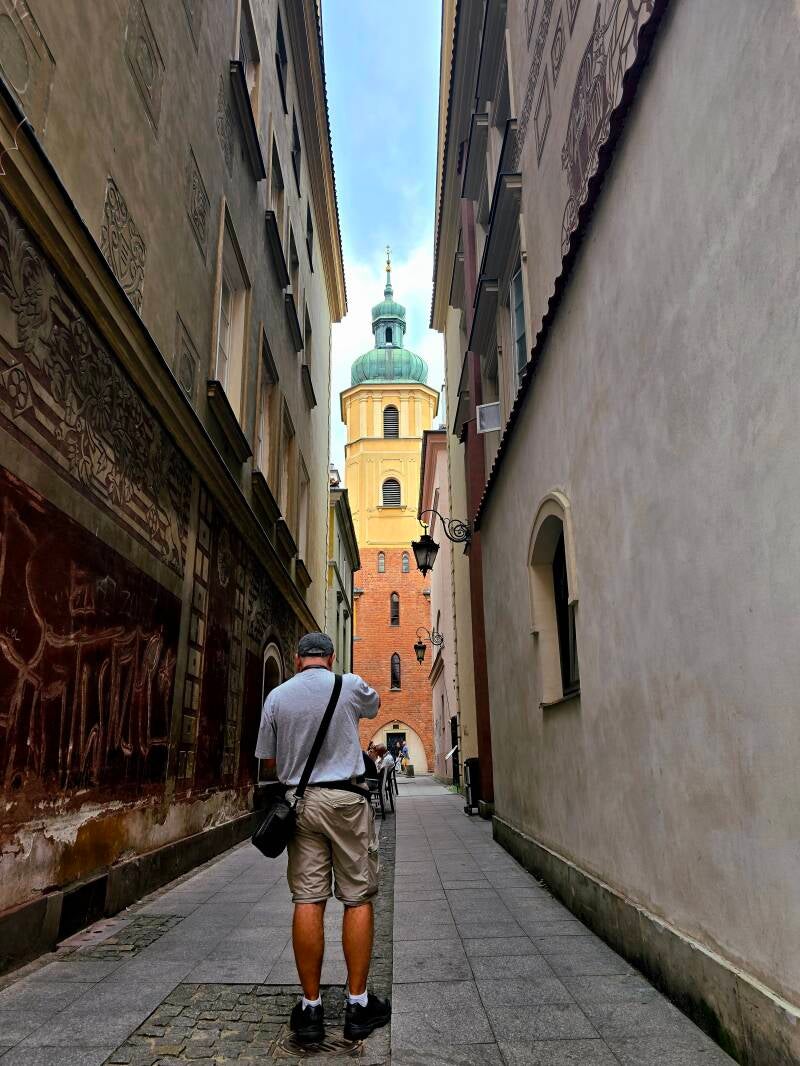
Most European capitals have mastered the art of blending history with hustle - ancient cathedrals beside coffee shops, cobblestone streets echoing under electric scooters. Whether it's Paris, Vienna, or Prague, the contrast between past and present gives each city a certain charm. But Warsaw… Warsaw is different.


Yes, it's one of the biggest and busiest cities in Poland, full of glass skyscrapers, business districts, and buzzing nightlife. On the surface, it might seem like any other modern European metropolis. But if you spend even a short time here, you’ll feel something deeper: a heartbeat of tradition that refuses to fade.
In Warsaw, history isn’t just preserved - it’s alive. Walk through the Old Town and you’ll feel like you’ve stepped into a time capsule. The pastel facades, narrow alleys, and market square feel untouched by time - yet nearly everything you see had to be rebuilt after being completely destroyed during World War II. It's hard to believe, but over 85% of the city was reduced to rubble.


Despite its size, Warsaw hasn’t lost touch with its roots. Traditional Polish culture - from food to folklore -still runs deep. You might pass a modern shopping centre, but just around the corner there’s a tiny pierogi shop and... oriental Moroccan place serving the strongest coffee I ever had! You’ll see skyscrapers, sure but you’ll also find Sunday markets, street musicians playing folk tunes, and grandmothers in patterned scarves chatting on benches.




Warsaw is a city of contrast, but it’s the harmony between these contrasts that makes it so special. It’s fast-paced but soulful. Historic but ever-evolving. Wounded but proud. Rebuilt, but never artificial.
It’s a capital with scars - and that’s exactly what makes it so breathtaking.
Fancy exploring?

Warsaw holidays from £286 per person


Add comment
Comments